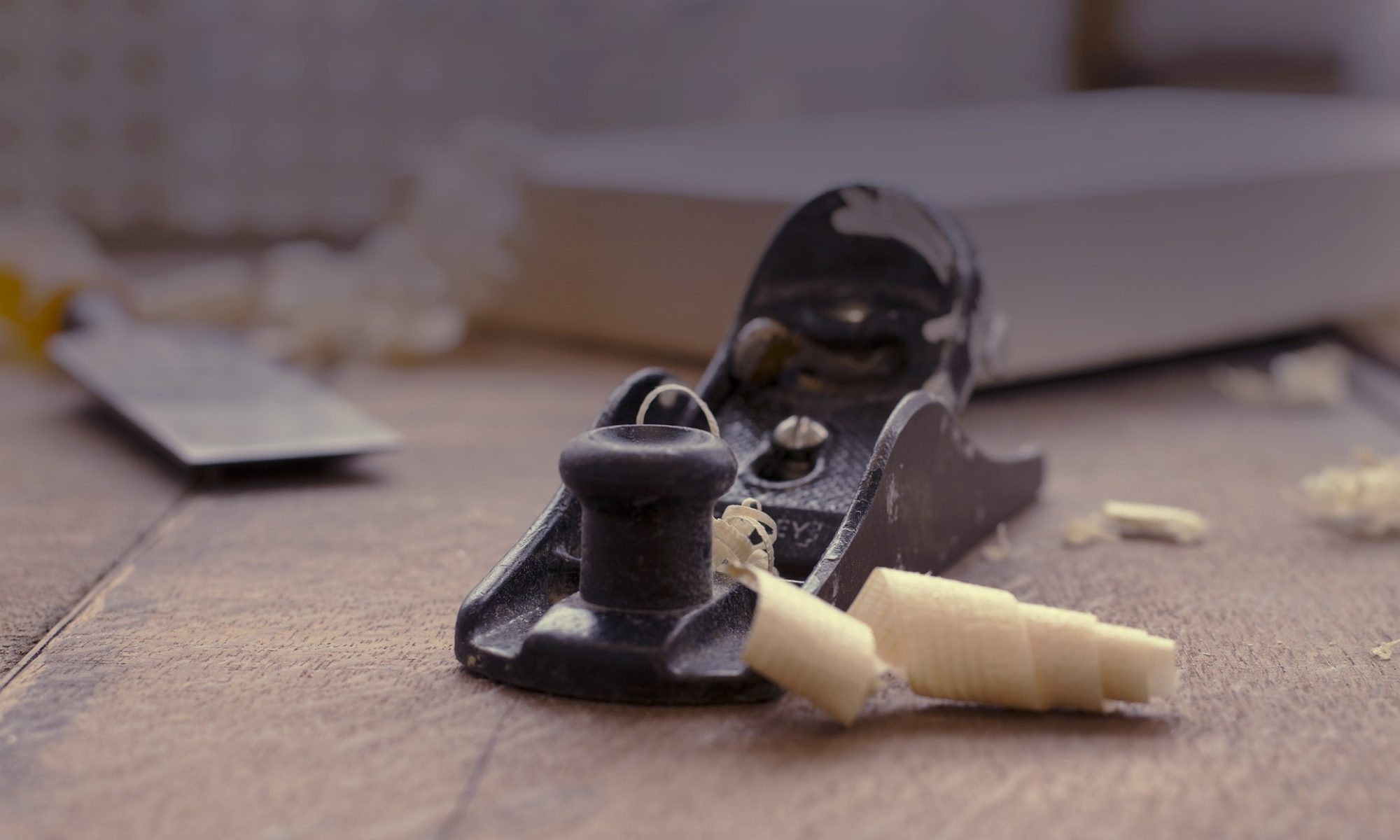Click on an image for a slideshow.

This spice chest is of a representative style of spice chests common among the Quakers of Chester County. These chests were popular in the 18th century as a means of secure storage for valuable spices. The primary wood is black walnut. The drawer fronts are 4 way bookmatched quilted claro walnut. The door front is bookmatched walnut burl. The secondary wood is poplar. Joinery is both through and half blind dovetails. The metal fittings are a mortied keyed lock and brass drawer pulls.

This spice chest is of a representative style of spice chests common among the Quakers of Chester County. These chests were popular in the 18th century as a means of secure storage for valuable spices. The primary wood is black walnut. The drawer fronts are 4 way bookmatched quilted claro walnut. The door front is bookmatched walnut burl. The secondary wood is poplar. Joinery is both through and half blind dovetails. The metal fittings are a mortied keyed lock and brass drawer pulls.

This classically proportioned wallhung cabinet is made primarily of Peruvian walnut and secondarily poplar. The finish is shellac and wax. The length and width of the cabinet follow the “golden rectangle”. The vertical proportions are after the Doric Order seen in classical architecture. The shelves comprise the pedestal; the shelves, the column; and the crown, the architrave. The back is tongue and grooved. As with the other wallhung cabinets shown here, this cabinet is designed to be hung from the wall with a French cleat.

This spice chest is of a representative style of spice chests common among the Quakers of Chester County. These chests were popular in the 18th century as a means of secure storage for valuable spices. The primary wood is black walnut. The drawer fronts are 4 way bookmatched quilted claro walnut. The door front is bookmatched walnut burl. The secondary wood is poplar. Joinery is both through and half blind dovetails. The metal fittings are a mortied keyed lock and brass drawer pulls.




















